
Almost Perfect is a project in photography and film by the Nordic photographers’ collective Moment, in collaboration with curator Susanne Fessé. In Almost Perfect we explore the polarized images of our home countries in six unique photographic projects. Each project takes a starting point in one or more of the traits that we see as defining for the Nordic societies: equality, individualism, appearance, style, secularism, the welfare state and our connection with nature. Each artist interprets their chosen theme in light of these core values to reflect today’s realities in the Nordic countries.
The projects of Almost Perfect
Awakening by Elin Berge
Jante by Knut Egil Wang
Children of Paradise by Juuso Westerlund
Beginning of the Party by Marie Hald
Framgångsfrisyr by Chris Maluszynski
In One Hundred Years All Is Forgotten By Eivind H Natvig

© Elin Berge

© Elin Berge
Awakening is an intimate documentation of a loosely compound, leaderless, and separatist spiritual awakening movement taking shape. Elin Berge has taken part in different kinds of spiritual women’s circles in Sweden, to capture its people and rituals from the inside.
The women that she photographs believe in the return of “the original Goddess”, a divine feminine essence that is calling women from inside their own bodies. This global movement believes that the awakened divine feminine is going to make women rise all over the world to lead humanity into a new paradigm with a sustainable future and a peaceful, balanced world.
Photographs and recorded sound shows women giving into their spirituality in rituals, seeking comfort with each other in sisterhood and making efforts to own their bodies and sexualities. The work opens up to a dialogue about religion and belief in secular Sweden and our specific approach to individualism and independence. Furthermore, it deals with questions on gender equality and the sisterhood rising all over the world at the moment, most recently the #metoo movement on social media.

© Elin Berge
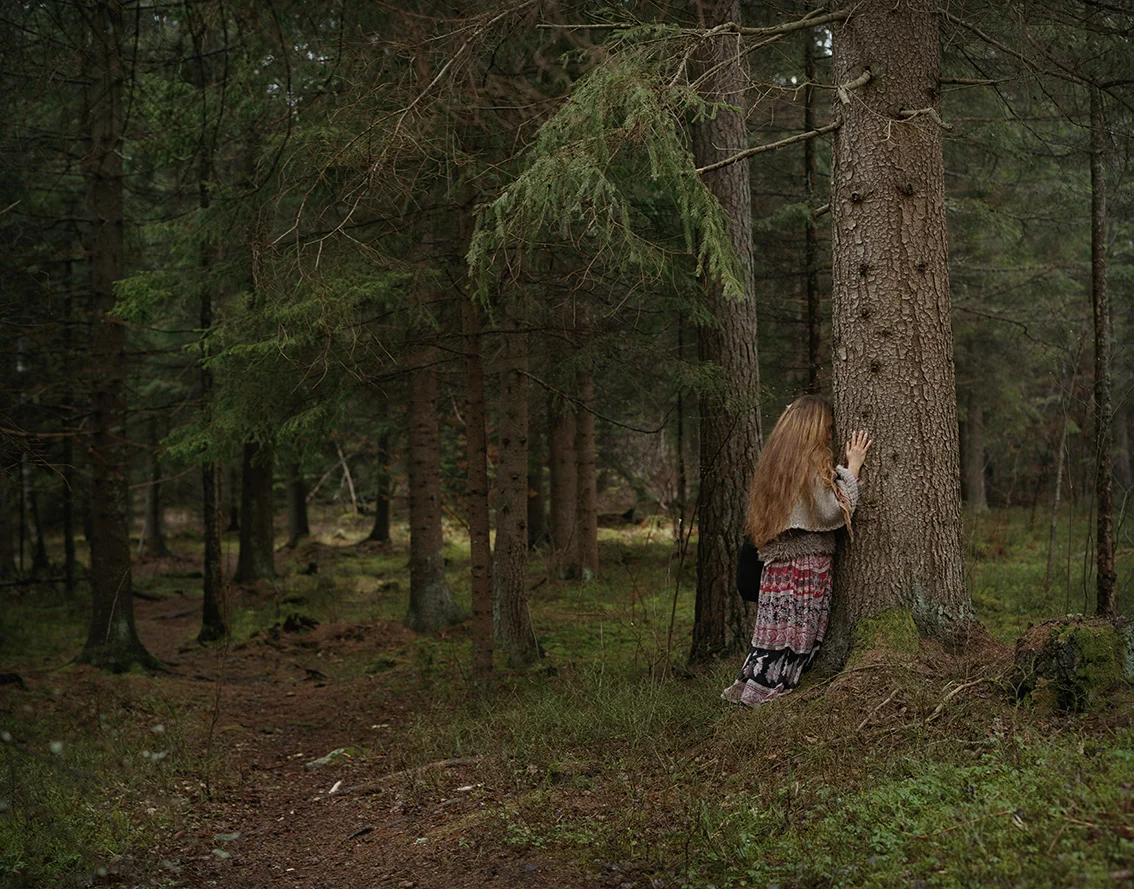
© Elin Berge
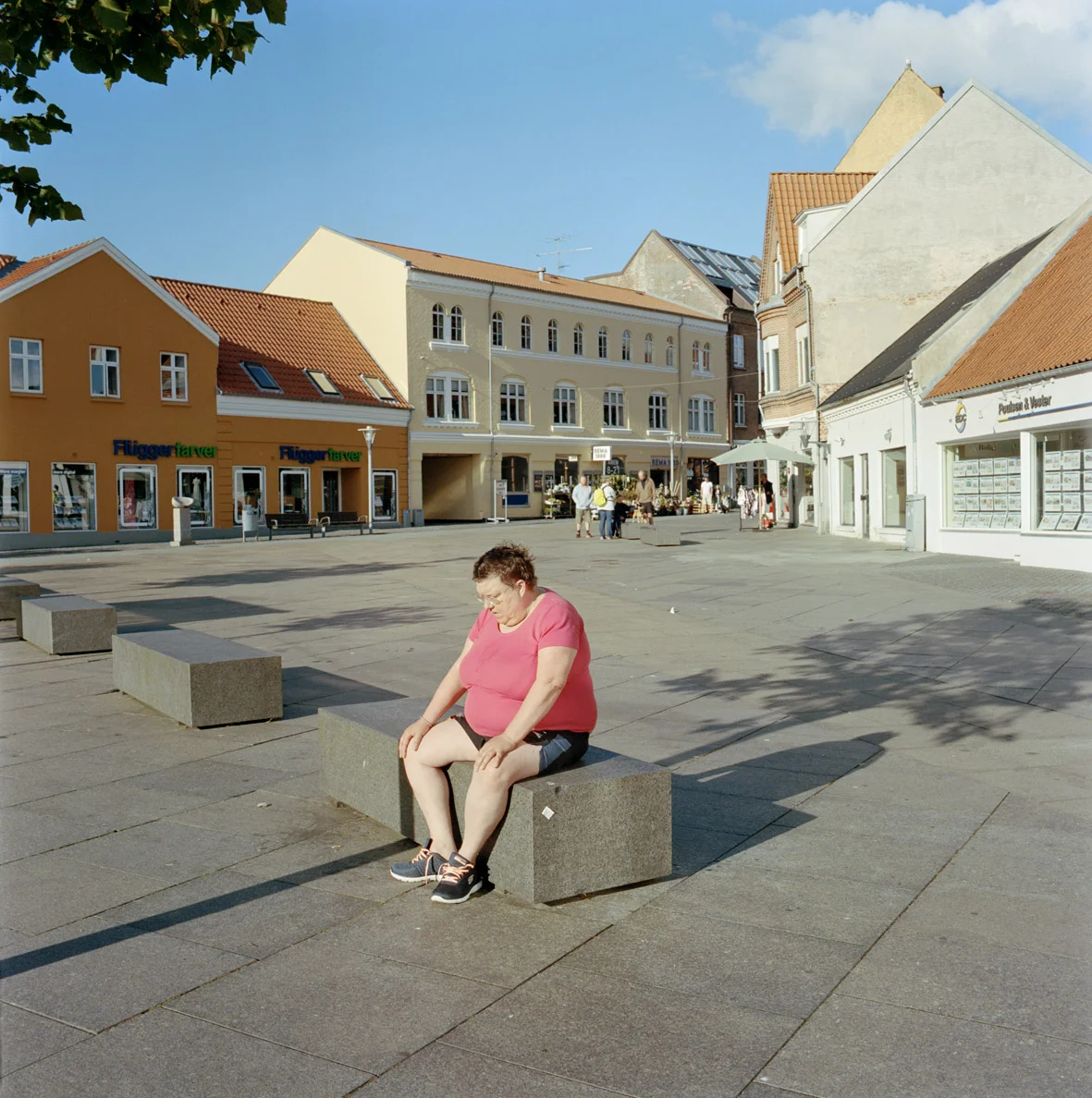
© Knut Egil Wang

© Knut Egil Wang
Jante is a fictional Danish town with an unwritten social code; The infamous “Law of Jante”. Ten rules are telling you that you should not think you are better than anyone else. It was created by the Dano-Norwegian author Aksel Sandemose in his novel “A Fugitive Crosses his Tracks” (1933). Jante is modeled after Sandemose´s hometown Nykøbing-Mors, though Jante´s inhabitants could be any Scandinavian small town population.
The ideal of equality is key to explain why the Scandinavian countries have less social problems and are often regarded the best countries to live in. Being equal means not standing out from the crowd too much.
The Scandinavian history of Lutheranism, where disapproval of individualism and elitism have been central, may explain why The Law of Jante was somehow familiar to most Scandinavians when Sandemose first created it; It was already in our blood.
The Law of Jante is a great tool to limit individual growth and achievement. Individual success becomes something unworthy, even inappropriate. It is everywhere to be found. But nowhere to be seen.

© Knut Egil Wang
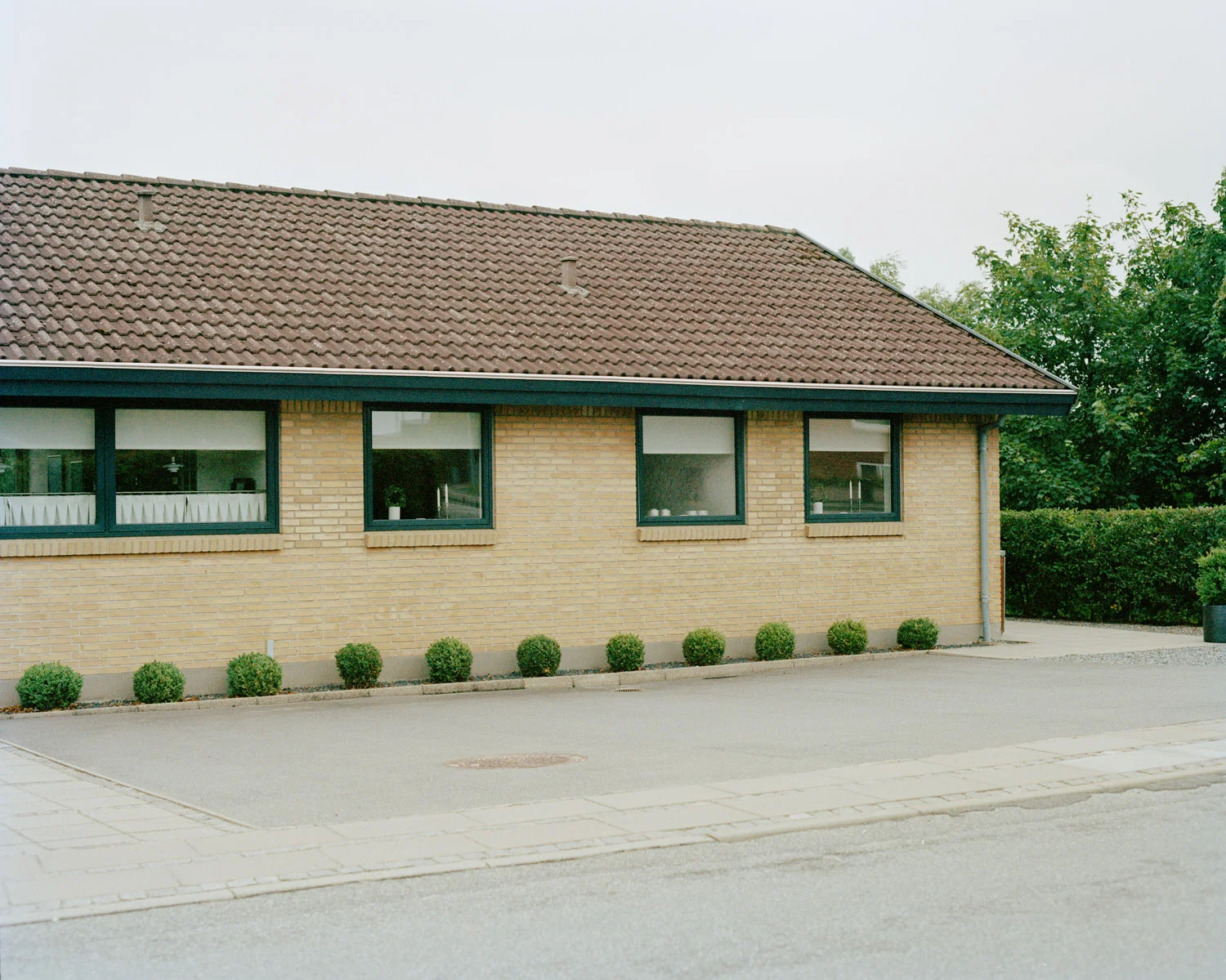
© Knut Egil Wang
We are living in a time where everything is measured with a calculator, where the Nordics have achieved freedom, peace and economic security, but at the same time the mental state of the culture has declined to a primitive level. Our culture has become marketing. Trying to get people to do what you want them to. It’s what drives our consumer culture. It’s what drives our politics; it’s what drives our art.
The world is very scary now. It always has been. But something grotesque and specific to our time is blanketing us. We need to see that it is not reality; it is a choice we are making or allowing other people to make for us.
Juuso Westerlund’s project Children of Paradise, is a documentary project about people who either swear in the name of a neoliberal agenda or for some other strong belief want to get rid of the current system that the Nordic welfare states are built on.
The welfare state based on social democracy is perhaps the most famous of the key elements of the Nordic model. Westerlund, who himself is a product of a time when this was the only ideology agreed on, witnesses how this no longer applies today. In his project he finds and portrays people who do not agree, or even despise these ideas and want to disassemble the welfare state that they themselves are products of.

© Juuso Westerlund
Alcohol traditionally plays an essential role in many different settings in the Danish society. Just one hundred years ago, beer used to be a normal beverage for every meal and our traditions are still very much tied up around alcohol.
For years, Danish teenagers have been breaking records when it comes to drinking alcohol. According to the Comparative Child Well-being survey, nearly one in three Danish teenagers aged 13-15 have been drunk at least twice. This puts Denmark at the top two percent in the world of OECD’s list of young consumers of alcohol.
Beginning to drink can be seen as a rite of passage into adult life. In Denmark numerous activities and parties are arranged by parents with the purpose of sending young boys and girls into the part of their lives where alcohol is a normal setting for every social event.
Marie Hald focuses on the Danish phenomenon of “Halfest” (‘Gym Party’) - a discotheque hosted by adults and a common place for a Danish child to have his/her first experience with alcohol.
Hald’s photographic journey focuses on the traditional “halfest”. It is a look into the lives of teenagers. A world full of identity seeking, beginnings, loneliness and love. And a world where adults aren’t often invited into and a world

© Marie Hald

© Marie Hald

© Marie Hald
The concept of the future feels abstract. Even as we discover the impact of past sins, most of us live with little regard of what negligence will be harvested by future generations.
The Natural beauty of the Nordic countries has turned many of its people into nature romantics and inspired them to create laws to ensure everyone’s unrestricted access to it. The Lofoten Archipelago is a stunning place of natural beauty and a unique region for fish, birds and mammals alike. But there is also oil. The debate about drilling for oil has been a hot topic for years.
This vulnerable region is already suffering from copious amounts of ocean plastic, heavy metals in the animals living there and an influx of tourists far beyond both human and natural capacity. Eivind H. Natvig’s project documents the contemporary footprints of an ever-expanding humanity in the pristine arctic landscapes. Thus pinpointing not only a local, but a regional and global environmental issue.

© Eivind H Natvig

© Eivind H Natvig
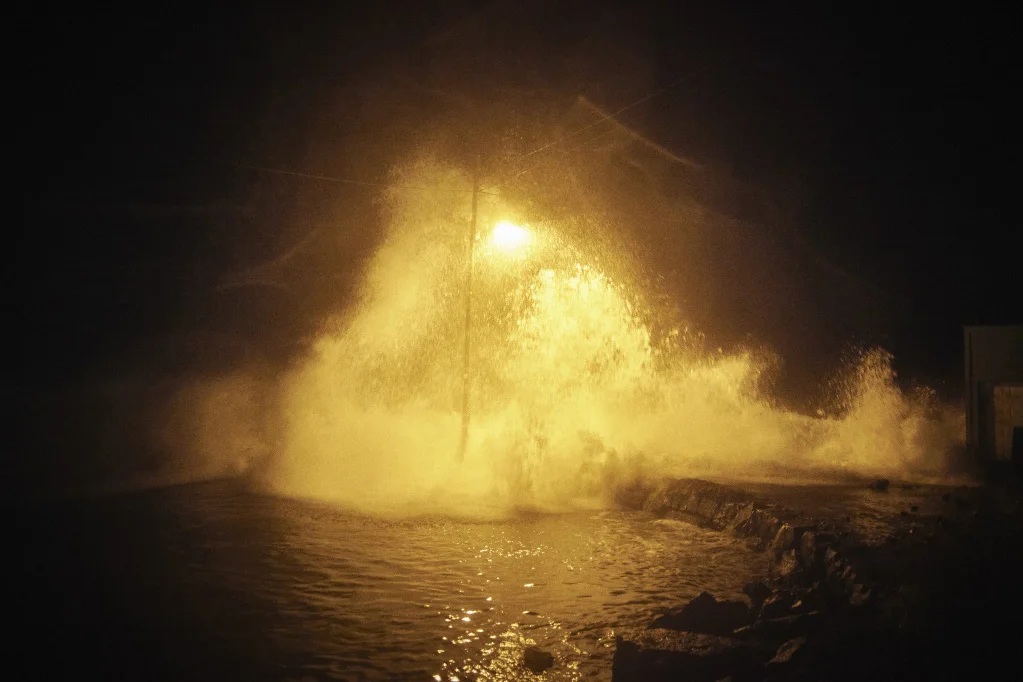
© Eivind H Natvig
Appearance is an important element of the Nordic success story. “Blonde, tall and beautiful” are words often associated with a Swedish look.
Traditionally these characteristics have evoked images of women, but Swedish men have an attribute of their own to be especially proud of: Their hair. It may seem (at least according to our Nordic neighbors), that successful Swedish men have a particular affinity for combing their hair back.
Have the Swedes in fact discovered the key to success - and is the secret in the hair?
“Framgångsfrisyr” meaning roughly “The hairstyle of success”, is a Swedish term sometimes jokingly used to describe hairstyles with an element of combing the hair back prevalent among power circles such as royalty, nobility, the business elite, various celebrities and media personalities. In Sweden’s neighboring countries it can even invoke associations with an image of superiority stemming from Sweden’s former standing as the superpower of the Nordics.
Chris Maluszynski’s portrait study of prominent Swedish men from different walks of life explores the existence of “Framgångsfrisyr”, and reflects on its definition. In order to address the idea of a projected self-image, each subject has been photographed through a mirror, so we are seeing the men looking at their own images as these are created.
Taking a lighthearted approach, the project explores serious questions of how style, vanity, masculinity, power and success are expressed in personal appearance and contribute to define (national) identity.

© Chris Maluszynski
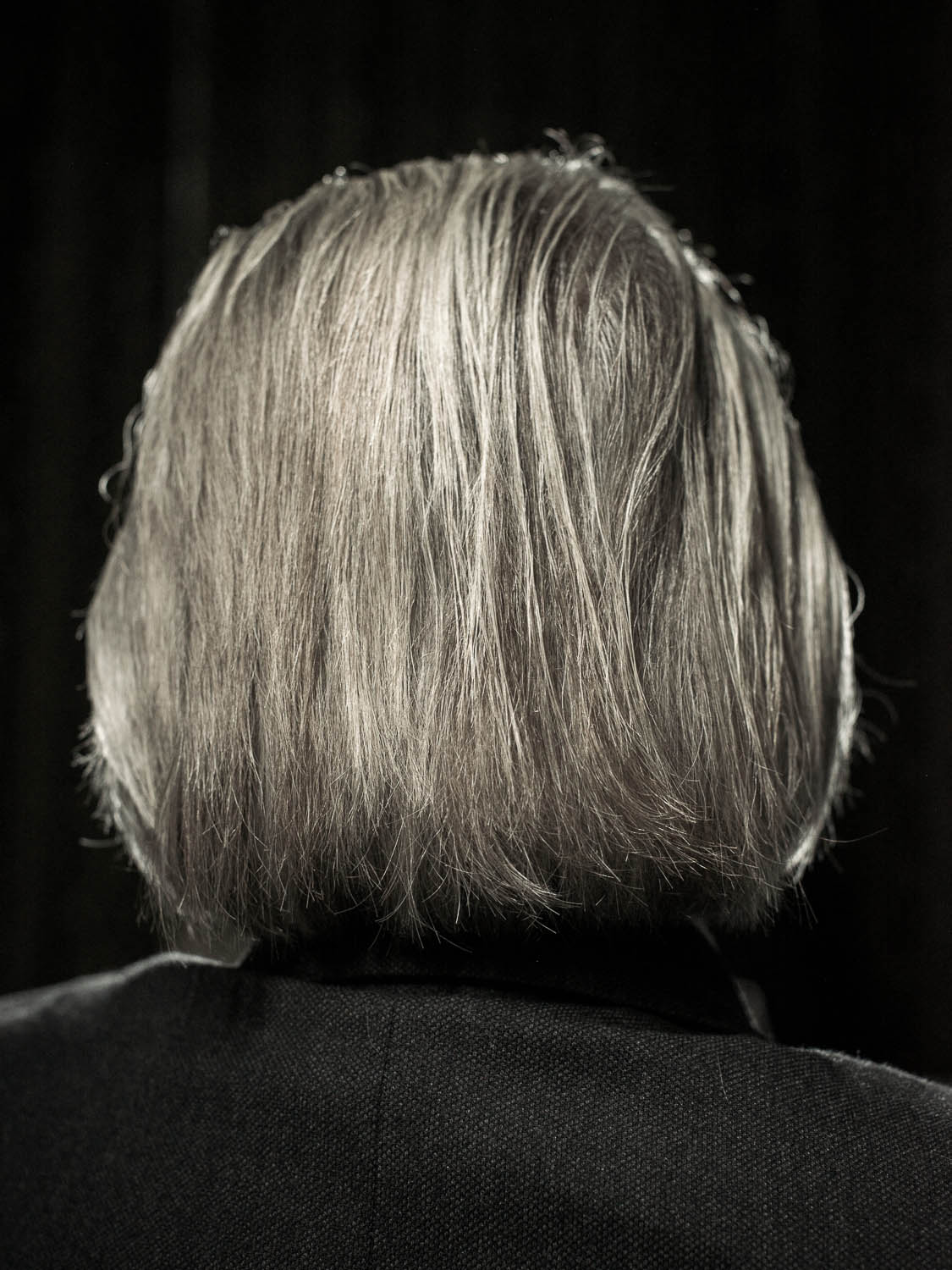
© Chris Maluszynski
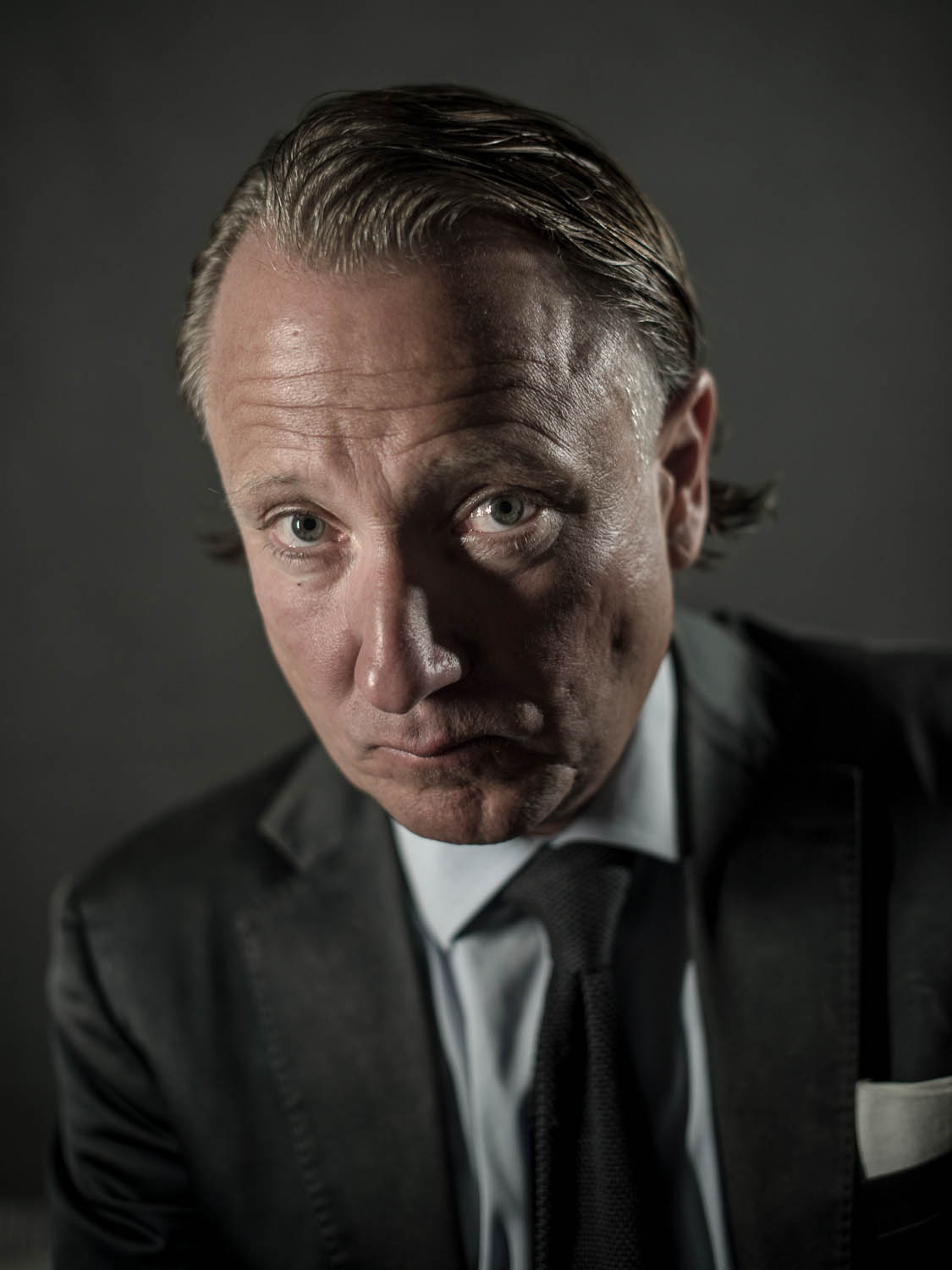
© Chris Maluszynski
The collective body of work by the six artists will give insight to contemporary Nordic photography, and contribute to expand the understanding of the Nordic societies. Almost Perfect will be launched in October 2018 at Sune Jonsson Center for Documentary Photography, Umeå, Sweden. The exhibition will then go on tour in the Nordic countries. Almost Perfect also includes a series of workshops and public artist talks by Moment artists, moderated by curator Susanne Fessé.





